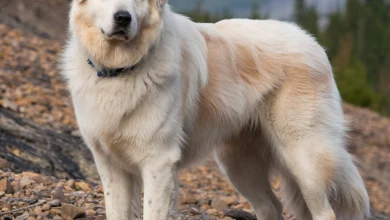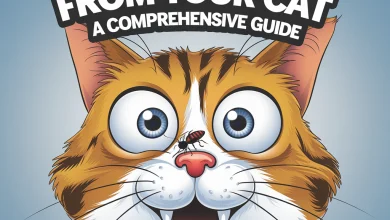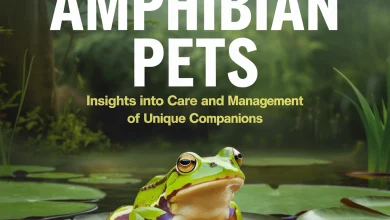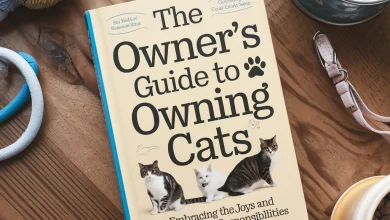The Drippy Dilemma: Understanding Why Your Cat Is Drooling
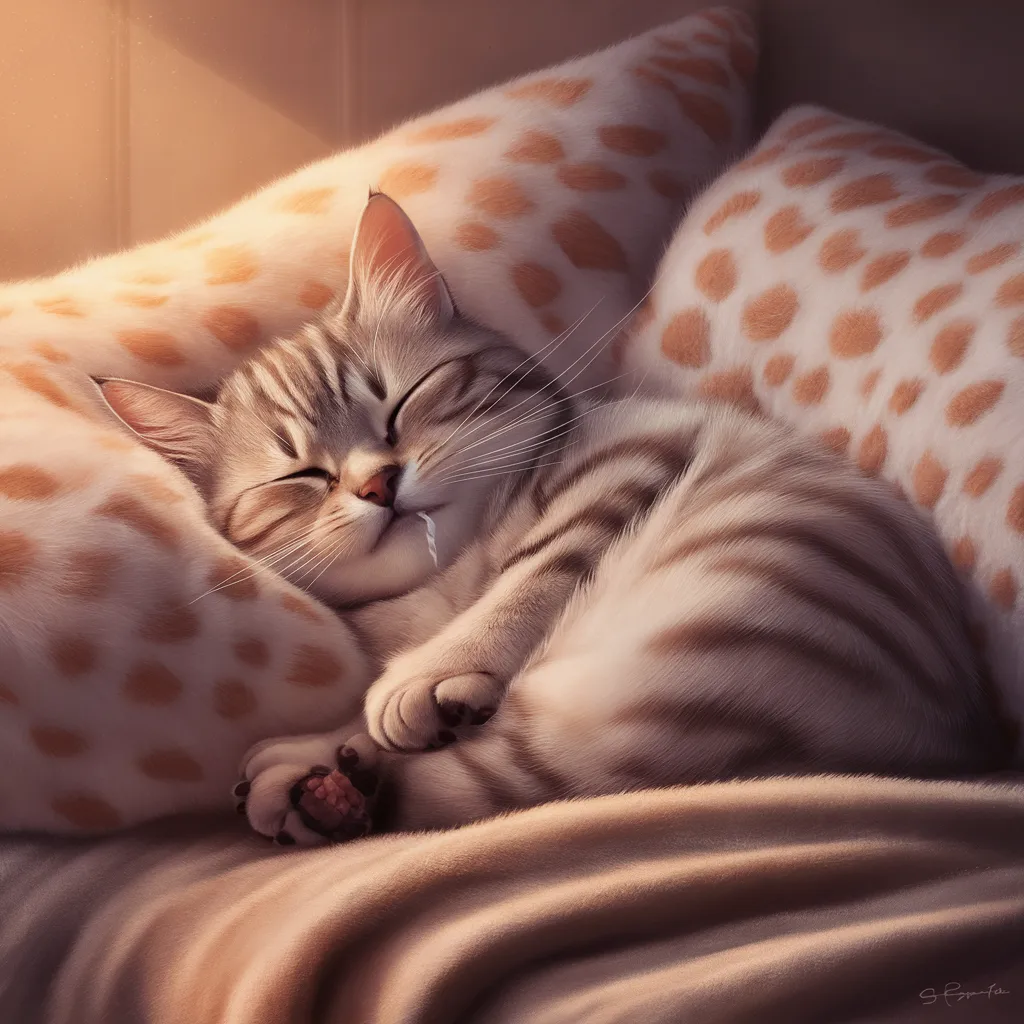
Cats are known for their fastidious grooming habits, so when you notice your feline friend drooling excessively, it can be concerning. While the occasional drool is normal, persistent drooling can indicate an underlying health issue. In this guide, we’ll explore the symptoms, causes, and diagnosis of excessive drooling in cats to help you understand and address this common but often misunderstood behavior.
Symptoms of Excessive Drooling in Cats
- Wet fur around the mouth and chin
- Damp spots on bedding or furniture
- Excessive licking of the lips
- Droplets of saliva hanging from the mouth
- Changes in appetite or behavior
Common Causes of Excessive Drooling
1. Dental Issues
Dental problems such as gum disease, tooth decay, or oral infections can cause pain and discomfort, leading to excessive drooling.
2. Oral Ulcers or Injuries
Ulcers or injuries in the mouth, tongue, or throat can result in drooling as a natural response to pain or irritation.
3. Foreign Objects
If your cat has ingested a foreign object, such as a string or piece of plastic, it can get stuck in their throat or gastrointestinal tract, causing drooling.
4. Poisoning
Ingestion of toxic substances, plants, or chemicals can lead to drooling as the body tries to eliminate the toxin.
5. Nausea or Digestive Issues
Gastrointestinal problems or conditions that cause nausea can result in excessive drooling in cats.
Diagnosing Excessive Drooling
If your cat is drooling excessively, it’s essential to consult your veterinarian for a thorough examination. Your vet may perform the following tests to determine the underlying cause:
- Physical examination
- Dental examination
- Blood tests
- X-rays or ultrasound
- Swabs or biopsies of oral lesions
Treatment and Management
Treatment for excessive drooling will depend on the underlying cause. Your vet may recommend:
- Dental treatment, such as teeth cleaning or extractions
- Medication to reduce pain, inflammation, or nausea
- Surgery to remove foreign objects or treat underlying conditions
Conclusion
Excessive drooling in cats can be a sign of various underlying health issues, ranging from dental problems to poisoning. By understanding the symptoms, causes, and diagnosis of excessive drooling, you can help your feline friend receive the necessary care and treatment to ensure their health and well-being. If you notice your cat drooling more than usual, don’t hesitate to seek veterinary advice to address the issue promptly.
